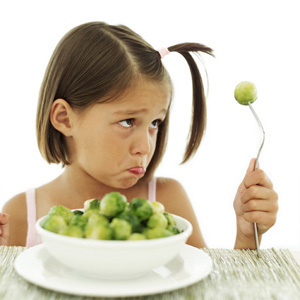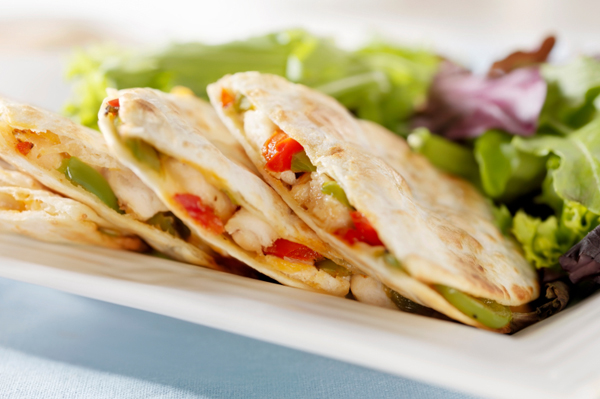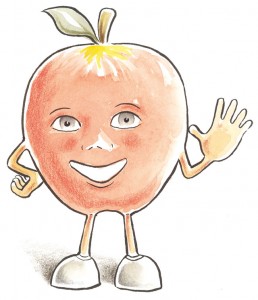My dear husband sent me the link to this article, http://www.babwnews.com/2015/09/apples-reign-supreme-as-kids-favorite-fruit/ and I must say it made me smile. Apples truly are a gift from nature and to hear that children are still choosing to snack on them is good news. Thinking about apples also brings back happy childhood memories for me. My dad loved eating apples; you could almost say he was obsessed with them. On a fairly regular basis he would come home from the market with boxes of different varieties of apples along with a whole selection of other fruits. Looking back I wonder how we could afford so much fruit and how we got through it all. I also remember driving along in the car with him and he would have several apples that he would manage to eat his way through no matter how short or long the drive. It’s no surprise that I wrote a children’s book titled Albert Apple.
All posts by Sylvia
Living in the USA
I’m back!… It has taken a while to adjust to life in a new country…. The world of celebrities, dieting and some of the biggest food issues in the developed world. Whenever we think obesity, type 2 diabetes and heart disease everyone looks to America. Sadly, Australia is headed in the same direction and yet here in the Northwest (Seattle) I have been positively surprised by all the ‘healthy’ food options and diet awareness, especially when it comes to parents and children. That’s not to say I don’t see any ‘unhealthy’ almost scary patterns, though it’s still a relief that many people are realising this epidemic is not going away and we are the only ones that can change the direction of this freight train. 
Nutella controversy – ‘know your product’
These days there is far too much misleading information surrounding health and nutrition. There are many products that claim to be healthy and/or nutritious when in reality they are not.
Nutella is a classic example of false and misleading advertising at its best. It all started with an advertisement claiming that their hazelnut spread is a ‘nutritious’ breakfast for children. Every time I watched this ad it would make me cringe, I didn’t understand how they could get away with such a blatant lie. You only need to look at the ingredients and come to your own conclusions quickly. I’ll admit that I have indulged in Nutella on the odd occasion, however I would never dream of feeding this to my child every morning for breakfast assuming it to be a healthy option.
It turns out they didn’t get away with the lie after all. In February, 2012 a Californian Woman, Athena Hohenberg sued Ferrero USA Inc., the makers of Nutella for false advertising. She unfortunately believed their claims and was feeding her 4 year old daughter Nutella for breakfast daily. They settled for $3.05 million dollars to be distributed amongst consumers. Ferrero also agreed to change their website, television adds and product labelling accordingly.
This example is only one of many. Take the time to look at the ingredients and work out for yourself whether or not something is a good choice for you and your family.
Why are some kids considered ‘fussy eaters’?

Recently my nine month old daughter pleasantly surprised me with her new found appreciation for lentils. It was only a month ago when I prepared the same lentils that her little face contorted in such a way that said, “no way – I am not eating that” and yet five minutes later she would happily gulp down her pear and banana puree. The experience has got me thinking about what makes some babies and children ‘fussy eaters’.
The answer could be found in our taste buds. That’s right, natures clever way of allowing us to taste various flavours might be a contributing factor to ‘fussy eating’. As babies we start out with thousands of tastebuds all over our mouths. Adults, however only have various concentrations of taste buds scattered in different parts of the mouth and tongue. As we age, some of those taste buds don’t get replaced, therefore flavours are far more intense for children than for us adults.
Something as simple as the bitterness of overcooked brussel sprouts (for example) or too much garlic could be what is turning them off certain foods. As with the lentils, by simply leaving out the cooked onions I had used in the first batch, my daughter seems to enjoy eating her lovely lentils. This is definitely something worth considering when feeding our kids. Here is the link to the lentil recipe mentioned in this post. https://www.annabelkarmel.com/au/recipes/lovely-lentils/
The sugar factor
Sugar is a relatively new food in the human diet, becoming widely available since the 1500s. It hasn’t taken long for sugar to become widely used and extremely popular in our day to day diets.
Nutritionists distinguish two main types of sugars; intrinsic sugars which are naturally occurring to foods such as milk, fruit and sweet vegetables and extrinsic sugars which are added to our food during preparation or at the time of consumption, such as biscuits, cakes and sweet drinks. The main sugar in our diet is sucrose (white sugar) which is derived from sugar cane. In the USA they prefer sugars derived from corn known as high fructose corn syrup for it’s suitability for many processed foods and it’s ability to extend food shelf life.
Sucrose is a disaccharide (double sugar), which is made up of two monosaccharides (single sugars); glucose (known as blood sugar, dextrose or grape sugar) and fructose (the sugar in fruit). The intrinsic sugars in milk, fruit and vegetables are made up of essential vitamins, minerals, fibre and fats. Extrinsic sugar, however only provides kilojoules of energy but no valuable nutrients.
So what is the appropriate daily intake of sugar in our diet? No added sugar is actually needed in our diet, and unfortunately there is insufficient evidence to recommend an exact intake of added sugars, however limiting added sugars in the form of sugar-sweetened drinks is a good start. Did you know that a standard soft drink contains around 16 teaspoons of sugar and that a daily drink could lead to an added six kilograms of weight each year. The World Health Organisation recommends that no more than 10% of energy should come from added sugars. Recent data from the the US suggests 5-10% of energy from added sugars is appropriate. This is much less than current Australian consumption which suggests that more education is vital to changing the way in which we incorporate sugar in our diet. For more information go to: http://www.diabetesaustralia.com.au/
Kids bento lunch box
We all love a bento box at our favourite Japanese restaurant, however it never occurred to me how wonderfully creative and inspiring a bento lunch box could be for kids. The inspiration for this blog came to me whilst watching Destination Flavour Japan on SBS tonight . A Japanese mother lovingly hand crafted a masterpiece bento lunch box for her children, and does so each and everyday.
I jumped onto the web and sure enough discovered a world of recipes and images to get your creative juices flowing. There are endless opportunities here to get your children eating healthy food and at the same time tap into some serious creativity, this is just fantastical…
http://happylittlebento.blogspot.com.au/
Kids – Eat Your Veggies!
This week on the ‘Today’ show channel nine, Nutritionist Joanna McMillan discussed the concern many parents have in regards to children not eating their veggies. Parents are asking whether it’s worth giving their kids multi vitamins as a back up. There is no harm in doing this, however they will not receive the same benefits and fibre as from a variety of vegetables. Easier said than done right? Joanna had some great ideas, most importantly get creative and find different ways to present veggies to kids. For example:
- Vegetable mash (most kid’s love mash potato) this is a great way to add a few veggies in a tasty way.
- Bolognese sauce (with added veggies).
- After school snack, cut up celery and carrot sticks, wash dry and store in ziplock bags for a few days. Look for freshest looking ingredients. You could make your own dip and ask your kids to get involved. It will only take 10 minutes to wizz up and they will be proud of what they have created.
- Start to involve your kids in the cooking process from a young age. If you are not much of a cook you could have them assist with school lunches.
- Take your kids to a farmers market or local market and talk to your kids about the produce. You can even play a game of “what vegetable or fruit is this”? It is unrealistic to expect children to understand the difference between healthy and non healthy foods if they don’t know anything about it’s origins. A little knowledge can go a long way.
Quesadillas

Ingredients for making 4 Quesadillas:
- 1 red capsicum, finely chopped
- 1 can sweetcorn, drained
- ½ a red onion (optional)
- 150g grated cheddar cheese
- 4 x 30cm flour tortillas (whole wheat tortillas are a good healthy option)
Other filling options are:
- 2 chopped tomatoes and/or 4 chopped mushrooms
- 150g chopped ham or chopped cooked chicken
Method:
- Grate the cheese
- Chop the onion, red capsicum and any other vegetables or filling of choice.
- Drain the sweetcorn
- Add all the ingredients into a mixing bowl. You may choose to season with pepper, no need to add salt as the cheese will have salt in it.
- Spread the mixture over two of the tortillas then position the other two tortillas over the mixture to make a sandwich.
- Grill the quesadillas for 2 to 3 minutes on each side until they are golden brown
- Diagonally slice the quesadillas into three pieces.

